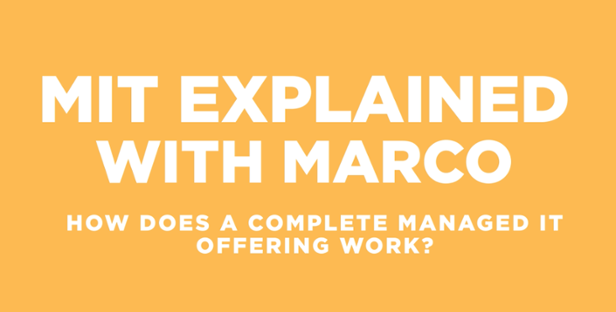As we start the new year, it’s natural for us to focus on implementing some new initiatives. Yet, one of the best moves we can make for our business is to fix what’s not working. It may sound simple, but too often it is one of the hardest tasks in leadership.
I think it’s fair to say all organizations have opportunities for improvement. Most of these negatively impact us financially or from a client and employee satisfaction standpoint. We all know it and talk about it. But for some reason, we shy away from taking the necessary actions to resolve it. And we find that the issue doesn’t just go away.
Before you initiate anything new this year, fix what’s not working. If it doesn’t fit your strategy, get rid of it. If it does, put in the work to make it better. I shared the thought process we go through to determine if it’s worth fixing in a previous blog.

Here are the steps that we use to fix parts of our strategy that aren't working:
- Call a timeout.
When you know part of your business is underperforming (we all have them), it’s your job to call a time out. You need to set an attainable goal and achieve it. Identify and hold accountable the appropriate leader(s) to make sure your organization executes. One of the first items that we successfully fixed at Marco was our copier service margin. We were performing well below industry standards. So we called a time out and committed to changing it. Today we operate at the top of our industry. - Call in help.
Too often we think we can do it alone. We’ve seen better and faster results when we engaged third-party consultants that hold us accountable. We tend to justify practices that become normal to us, but actually may be part of the problem. Consultants can see what we are overlooking and bring insight into what better looks like in our industry. - Undergo a continuous improvement exercise.
It’s a good practice to adopt a continuous improvement discipline so when something’s not working or stuck, you can address the problem using a consistent, systematic approach. At Marco, we have committed to Lean as our continuous improvement process. This has proven to be invaluable for working through and solving complex problems. If you’re not using some form of continuous improvement, I highly recommend you consider it. - Don’t be afraid to restructure.
Restructuring can be a necessary move to fix an issue. Laying out a new structure is not overly complicated. It’s the implementation that can be taxing. I recommend you take the individuals out of the equation and identify what you’d do if you were to start all over. Ask the question, “If it didn’t matter where people reported, how would we do it?” It is a sensitive issue because we’re talking about people’s “turf”. Giving something up always seems to be harder than taking something on. So you’ll need to manage the psychology with the change.
I’ve been called a “wedge buster” in our organization because I’ve gotten pretty good at getting things “unstuck” and promoting change. It’s a trait that I think all effective leaders need to have. We all get stuck sometimes. It’s when we see it and make the necessary changes that we become high-performing organizations.

